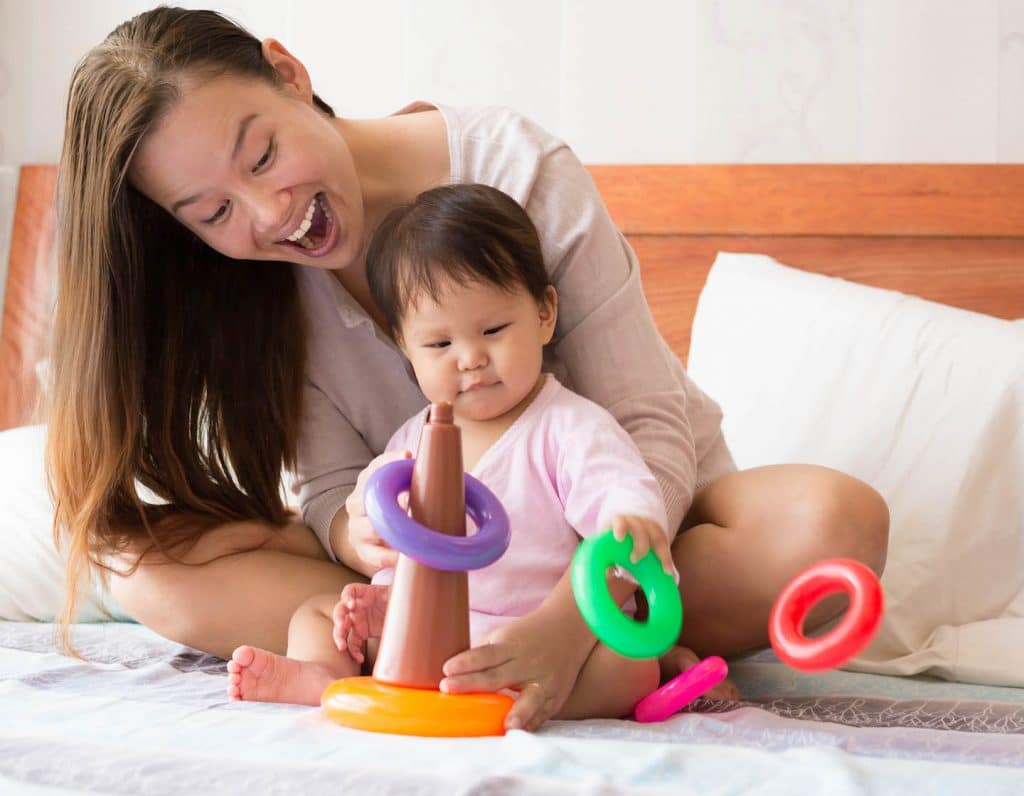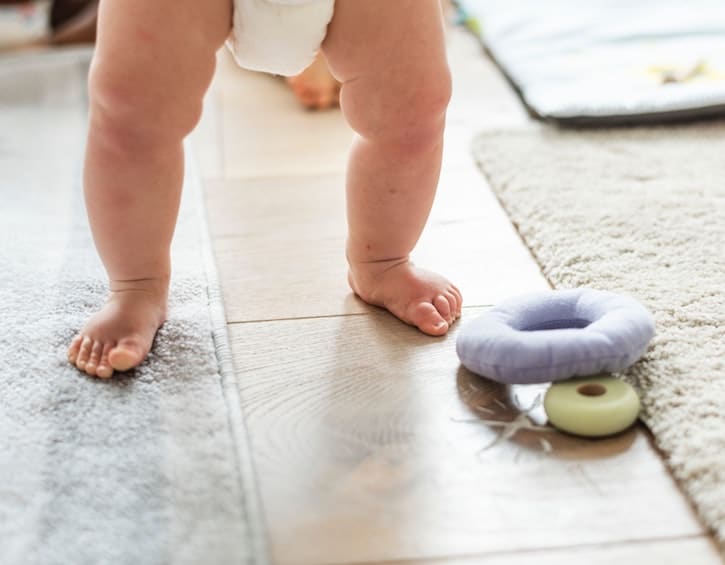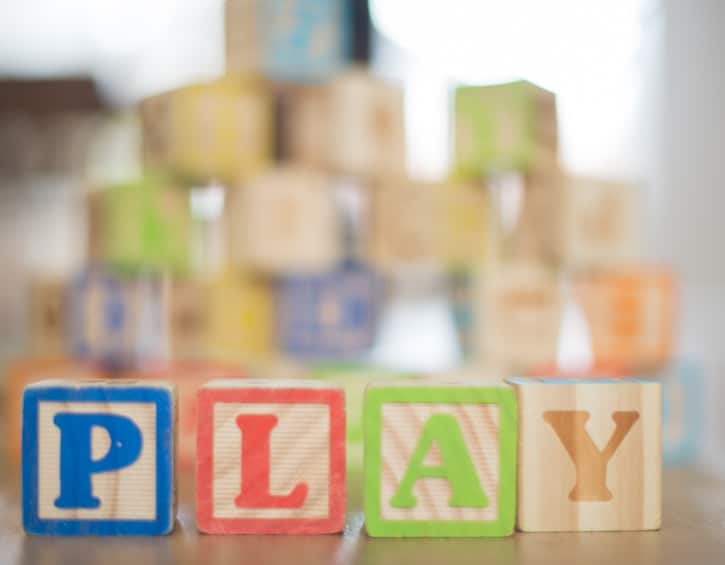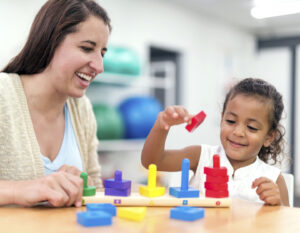




What’s “normal” anyway?
When it comes to parenting, it’s almost impossible not to compare your child’s development with others. Whether it is with other little ones at playgroups, family members’ children, or even with your own child’s sibling. Sometimes you may be trying hard not to compare, but comparisons are thrust upon you! Well-meaning friends may pass comments such as, “My daughter started walking two months ago. Has yours not started yet?” Or your own parents might offer their thoughts too, “You were crawling well by this age.”
With advice and other children’s progress being thrown at you from all angles, how do you know what is normal without driving yourself insane? And how can you tell if there’s something you should worry about, or if your child is delayed? Firstly, young children learn and change constantly. According to the Harvard University Center for the Developing Child, the first three years of life are when the largest proportion of the brain connections and structure for key areas of development, such as vision and movement, are laid down. Secondly, something very important to remember is that every child is different! Some children are very quick to master one motor skill, but take a bit of time, love and encouragement for others.
Read more: Your Ultimate Breastfeeding Survival Guide: 10 Steps To Positive Nursing


The age at which children meet certain milestones have large “normal” ranges, but there are many factors that will influence a child’s development. Every child has key milestones that should be reached which should be done in an order of progression and, wherever possible, not missing any stages (like crawling). This order allows them to learn the correct muscle control, speech and social skills which can assist in later stages of development.
So just what is this order of progression and what does it include? Every child is different so here are some broad guidelines to give you an idea of the ranges. A big element is key motor skills (or movement) milestones including:
- Head control: 3 to 4 months
- Rolling over: 4 to 5 months
- Sitting independently: 6 to 8 months
- Crawling: 9 to 12 months
- Walking: 9 to 18 months
Other key developmental milestones include:
- Tracking moving objects and faces: 2 to 3 months
- Turning head to sounds: 2 to 3 months
- Babbling: 4 to 5 months
- Speak words with meaning e.g. “mama” or “ball”: 9 to 12 months
- Finger feeding with small food items: 10 to 12 months


If your child is slow to hit a few developmental markers, it isn’t necessarily anything to worry about. There are many things that can have an impact on your child’s development and whether they reach their milestones within the target age range, including:
Prematurity: If your child was born prematurely (less than 38 weeks gestation), then always calculate their progress based on their “corrected age”. This is their age based on their due date, not their birth date, and this can have huge implications when assessing their development against normal milestones. You can do a quick online calculation here.
Infant Illness: If your child was poorly in their first few weeks or months of life, had a prolonged hospital stay, or struggled with putting on weight, this can also impact their development. Infants require a huge amount of nutrients to develop and struggle to cope with stresses on their body (such as illnesses). Their physical and social development may well take a back seat if they are fighting other battles!
Environment: An environment with a lack of stimulation can slow your child’s development, simply because they are not exposed to a wide variety of experiences. Examples include lack of opportunity to move and explore (e.g. tummy time), lack of stimulation through toys and sounds, and lack of contact with people with meaning (parents, caregivers, siblings etc.). You could correct this if it has been the case, but please note that a stressful environment which is overstimulating can also have a harmful effect on your child’s development. Playing and talking to your child naturally might be the best solution.
Genetics: If your child is diagnosed with a genetic condition, it is important to understand any implications this may have on their physical, social or intellectual development, and take this into account when assessing their progress. Small improvements can be huge achievements for a child with additional needs.


If you are unsure of your child’s development, seek further advice if:
- Your child isn’t meeting milestones on a regular basis, stops showing progress or starts regressing
- They are very floppy or stiff when you hold them
- They are using one side of their body more than the other
- They are not interacting with you, or with their environment
- You have any concerns over their hearing or vision
- They have issues with feeding or swallowing
There are also many ways in which you can help to nurture your child’s development:
- Tummy time: It helps to strengthen neck, back and upper body muscles in preparation for things like sitting and crawling.
- “Back and forth” interactions: Where you copy facial expressions, babble back to your baby and mimic their gestures.
- Sensory play: Including swimming, messy play, use of different textures, soft play areas etc. This helps your child learn to process sensory information.
- Avoid baby walkers: There is a huge body of evidence surrounding this, and many professional groups around the world want these to be banned, including the Chartered Society of Physiotherapy (UK), the American Academy of Pediatrics, and the Australian Physiotherapy Association (they have been banned in Canada since 2004). Baby walkers and upright bouncers (like doorframe ones) have been shown to delay walking, rather than speed up your child’s progress, and puts them at a higher risk of walking on their toes, or having weak hips and core muscles. Putting them in too early may make them miss other important milestones too, such as rolling or crawling. Tummy time and floor play are much better for your child’s motor, sensory and emotional development.
- Supervised exploration: Allow your child to try new movement patterns (like rolling over or pulling to stand), to get things wrong, and to explore their environment. This is how they learn and progress, particularly with motor skills.
There are many resources available for monitoring your child’s development. Ensure information comes from trusted sources, such as government produced leaflets or websites. The Hong Kong Family Health Service provides simple child health information covering birth to school age. If you are concerned about your child’s health or development, contact your General Practitioner or your child’s Paediatrician. They will be able to assess and refer you to the appropriate healthcare provider.
Read more: Parenting The Terrific Twos: Navigating The Toddler Years
 View All
View All











 View All
View All





 View All
View All


 View All
View All













